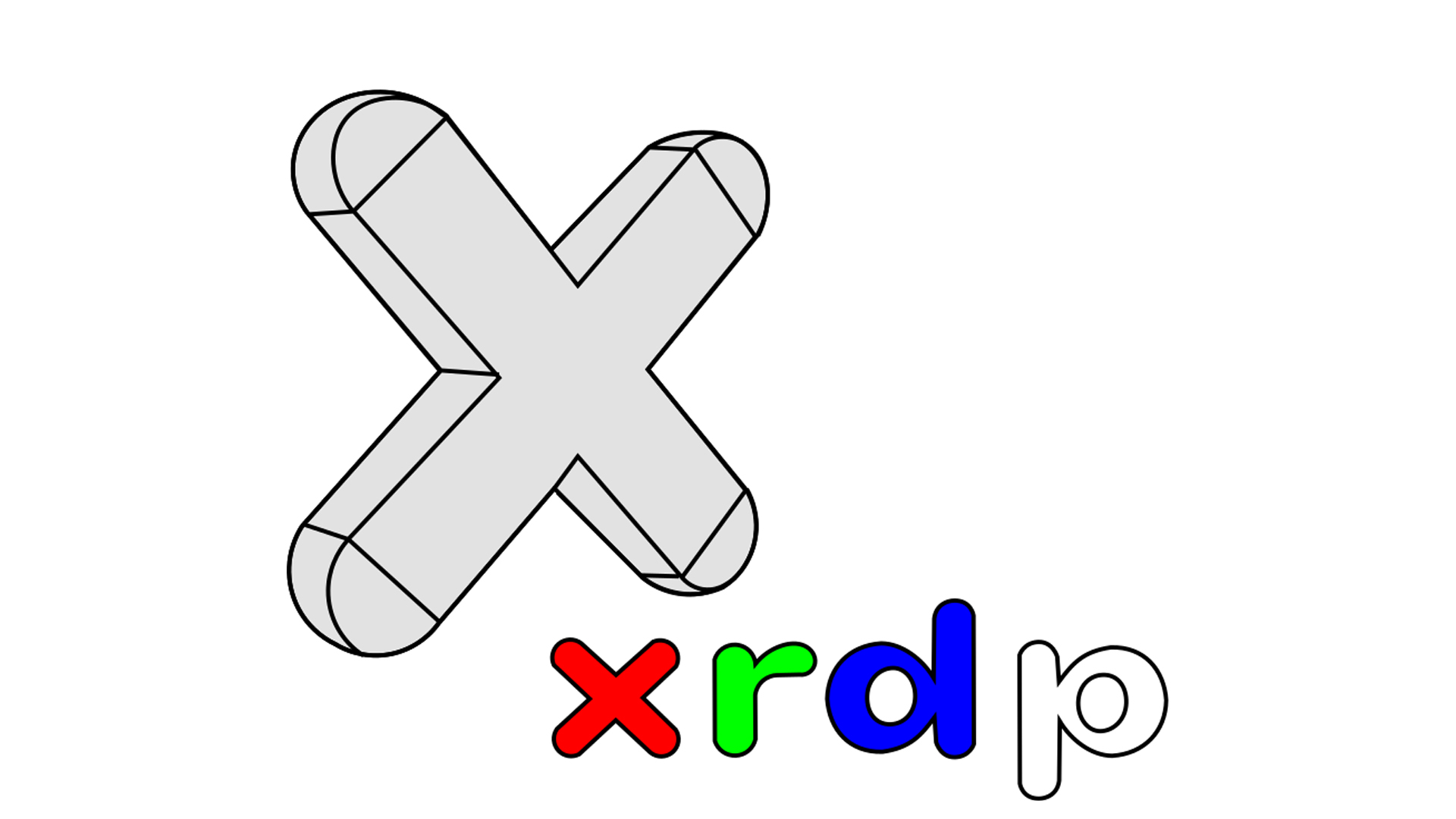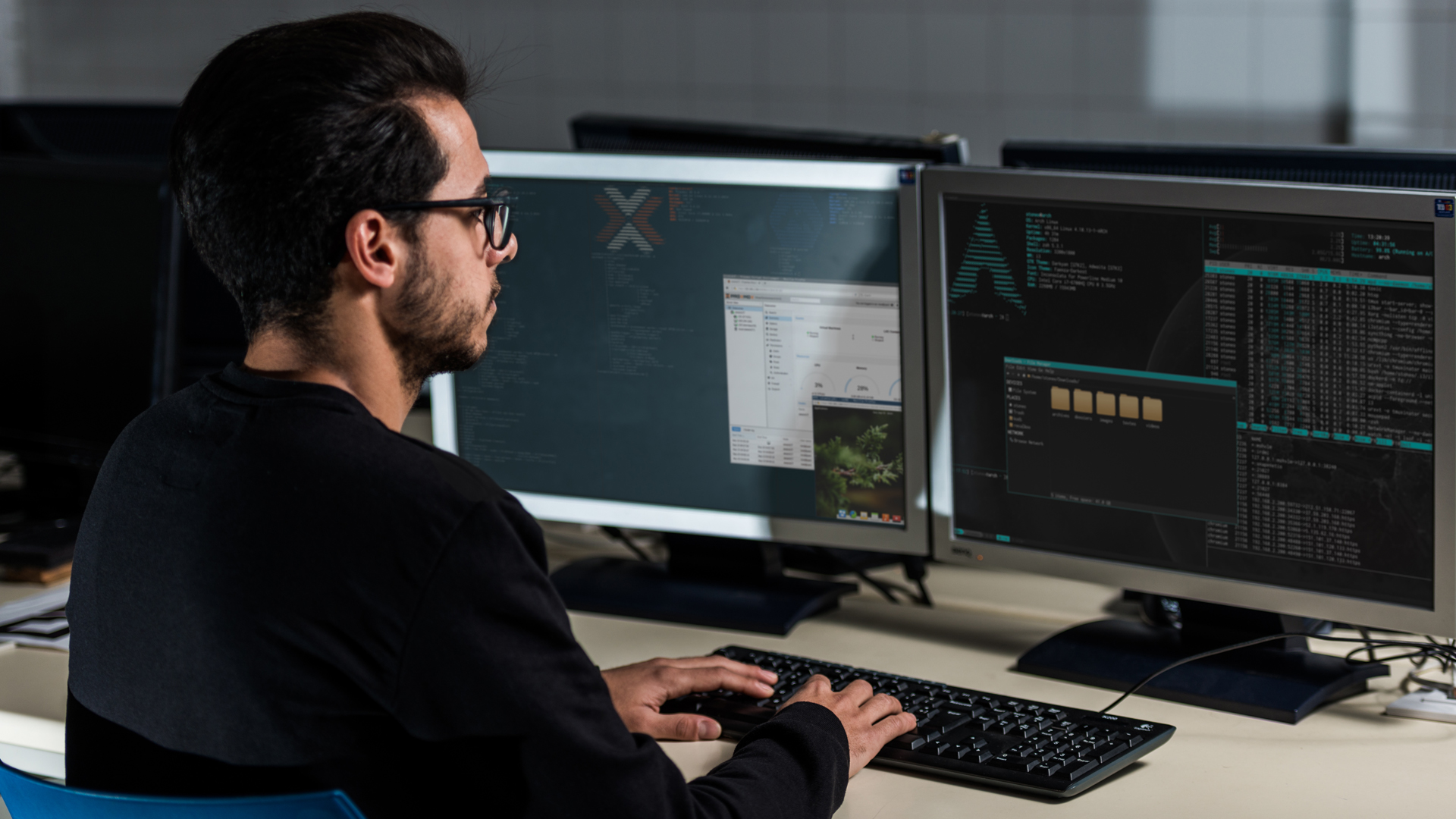What is XRDP?
Wondering what XRDP is? We explain all about this remote desktop client, discussing its features, utilities within a business, and much more


What is XRDP?
XRDP is one of the best remote desktop software tools and the best free remote desktop software protocols for operating systems other than Windows, such as Linux.
What does XRDP do?
XRDP is a free and open-source implementation of Microsoft RDP (Remote Desktop Protocol) server for operating systems other than Windows, such as Linux. It offers some key advantages:
- It's open-source: XRDP is an open-source version of RDP, so there is no need to run any proprietary software to use it
- It makes it simpler to connect to Linux systems: users are able to connect between Windows and Linux systems more easily using this method
- It's fairly quick to set up: setting up a RDP server using the XRDP protocol takes only a few minutes, even for new Linux users
- It's not bandwidth intensive: XRDP does not require much bandwidth to work effectively, due to how it compresses data
- It's entirely free: there are no fees involved with using XRDP, keeping costs low for businesses
How departments can use XRDP

IT
An IT department is most likely to use XRDP on a regular basis. Its open-source nature means that XRDP works well with all manners of operating systems, ensuring that an experienced IT worker will be able to set up all necessary systems.
Installing XRDP on a Linux-based system only requires a few simple commands. From there, connecting to it either via Windows or Linux takes a similarly brief amount of time, ensuring the IT department can concentrate on the task at hand.
As with all remote desktop software, XRDP means IT can fix many issues remotely without needing to physically respond.
Customer service
While XRDP requires some initial prior setup when helping customers, being able to access a desktop remotely helps customer service immensely when assisting clients.
Its open-source nature means that XRDP works well with systems of all ages, with the setup process easily arranged before deploying units. It's also useful that bandwidth requirements are fairly low, so a fast internet connection isn't always necessary.
Get the ITPro daily newsletter
Sign up today and you will receive a free copy of our Future Focus 2025 report - the leading guidance on AI, cybersecurity and other IT challenges as per 700+ senior executives
Like with most of the best customer service tools, it reduces friction for clients, so customer service can take over rather than needing the client to follow instructions.
Finance
XRDP is free and open-source, meaning that a finance department does not have to worry about budgeting for its costs. Similarly, Linux-based systems are frequently cheaper than Windows systems thanks to licensing and, in some cases, hardware requirements, so the finance budget can stretch further.
The only thing finance needs to consider is whether any additional training is required, as many users will be more accustomed to Windows than Linux. This does depend on the user's position in the firm though. Not everyone will need to understand Linux to use XRDP.
HR
HR often uses specialist software, and can frequently work remotely from the rest of the company. By being able to connect remotely via XRDP and a shared server, the department can operate effectively from anywhere.
It also offers reasonable security for sensitive data once SSH is enabled. The only downside is it may require additional training, but it's far better for companies that want to work remotely, including where their HR department is located.
Features and benefits of XRDP

It's free
XRDP, much like Chrome Remote Desktop, is free. While it involves more set up than Chrome Remote Desktop, it offers users a fully functional RDP-compatible remote desktop experience without having to invest in expensive software.
Ideally suited for small businesses that are able to put some effort into development, it offers a lot for nothing.
It's powerful
XRDP is a fairly powerful remote desktop tool, especially for free. It's possible to use it to do anything you would ordinarily do if you were physically next to the computer in mind, right down to rebooting it and being able to return to the system afterwards. Using VNC (virtual network computing) gives it plenty of functionality, regardless of what you need to do remotely.
It works across Windows and Linux
If you're wondering how to remote desktop into Ubuntu, Windows-to-Linux remote desktop capabilities are far strengthened using XRDP. It makes it a breeze to connect your Windows system to Linux, with barely any friction after initial setup. That's ideal for a business working across multiple different systems; it's worth seeing which providers offer the best remote desktop for Linux, and whether they use XRDP.
It also accepts connections from other RDP clients, so one can connect via other systems and operating systems too, including iOS and Android.
It has useful features
Using XRDP offers a reasonable amount of flexibility. Users can not just use a desktop remotely, but also complete tasks that aren't possible with other remote desktop tools. This includes two-way clipboard transfer, including text, bitmap, and files.
There's also the ability to reboot a system remotely, as well as mount local client drives on remote machines. It's far more powerful than other free alternatives.
It's reliable
If your systems are reliable, then so is XRDP. There's no need to worry about third-party servers affecting service. Providing your devices are working correctly, XRDP will function as desired too. Its hardware and bandwidth requirements are low as well, so you won't need the latest hardware to use it effectively.
It's also a protocol that will work well with other services, including Microsoft's Remote Desktop Client.
How much does XRDP cost?
One of the strongest advantages of XRDP is that it's free. Because it's open-source, there are no fees to pay. The only potential cost may be time-related, with users needing to learn a little more about setup than they might with some simpler remote desktop software. However, the benefits are high, with XRDP offering plenty of functionality once mastered.
Being able to log-in remotely while still having extensive functionality can cost quite a lot, to ensure you have everything you need to do. However, XRDP is an ideal solution for a small business that is willing to learn more to save costs.
With no need to install additional software on Windows thanks to its native RDP client, it can actually save time in the long run too.
XRDP FAQs

What is XRDP for?
XRDP is primarily for making it easier to connect remotely to other systems. It's basically the equivalent of Microsoft RDP in an open-source manner, so it works on other systems without a problem. Set-up takes a little longer, but all modern Windows machines have a native RDP client that works well with it.
Is XRDP safe to use?
Yes, providing it's set up correctly. It's a very good idea to use SSH protocol to ensure it's safer for users, as well as to configure firewalls appropriately on the relevant servers.
Setting up SSH is the best way to ensure that data is kept secure between the connections. For the most part, XRDP is safe for the average user to implement once security has been set up appropriately for encryption purposes.
Is XRDP a VNC?
VNC, or Virtual Network Computing, is a graphical desktop sharing system for remote control of a desktop. It uses the RFB protocol; alternatively, XRDP is the protocol involved. VNC is typically slower to use because of its protocol, but it shares similar platform-agnostic mentalities to XRDP. Ultimately, they both solve the same problem in slightly different ways.
Is XRDP faster than VNC?
Like RDP, XRDP is generally faster than VNC. That's because they work slightly differently, with VNC working via a form of image exchange. XRDP is more efficient because it compresses the data being transferred. Generally, XRDP's performance is far superior when set up correctly.
However, whether speed is an issue mostly depends on why you need to connect to a server or system remotely.
Is remote desktop secure without VPN?
It's a good idea to connect to a desktop remotely via a VPN. Using a VPN creates a form of tunnel between you and your connection to the internet, ensuring that the data is encrypted and not immediately linked to you, the source. Consider it an extra layer of security when browsing to a remote desktop via a public internet connection in particular.
Main takeaways
- XRDP is inexpensive: entirely free to use, XRDP only really costs the time it takes to set up, and that really doesn't take long at all; while it requires Linux or BSD-style operating systems to work, it offers a fully functional remote desktop
- XRDP takes a bit of setup: setup is different from sticking to solely Windows systems and RDP, but it offers plenty of useful functionality for minimal cost
- It offers plenty of features: being able to use XRDP to reboot systems remotely, and organise two-way clipboard transfers for files and text, is much more useful than some free alternatives
- It's ideal for support: when an IT department needs to fix a system remotely, XRDP simplifies the process massively
- Some companies may not need such complexities: XRDP works very well providing you have Linux systems within your business; otherwise, it's not really needed
Further reading on remote desktops
If you're interested in finding out more about remote desktop technology and platforms, we've got a wide range of content available for your reference. Learn more about protocols such as RDP, XRDP or VNC and what TeamViewer offers; find out how to use Microsoft Remote Desktop and how to use remote desktop on Windows 10.
If you need walkthroughs for setting up remote access via Microsoft or Apple OSs, see how to use remote desktop on Mac, how to set up Chrome Remote Desktop; and how to remote desktop from Mac to Windows.
Jennifer is a roving tech freelancer with over 10 years experience. Her main areas of interest are all things B2B, smart technology, wearables, speakers, headphones, and anything gaming related. Her bylines include T3, FitandWell, Top Ten Reviews, Eurogamer, NME and many more. In her spare time, she enjoys the cinema, walking, and attempting to train her pet guinea pigs. She is yet to succeed.